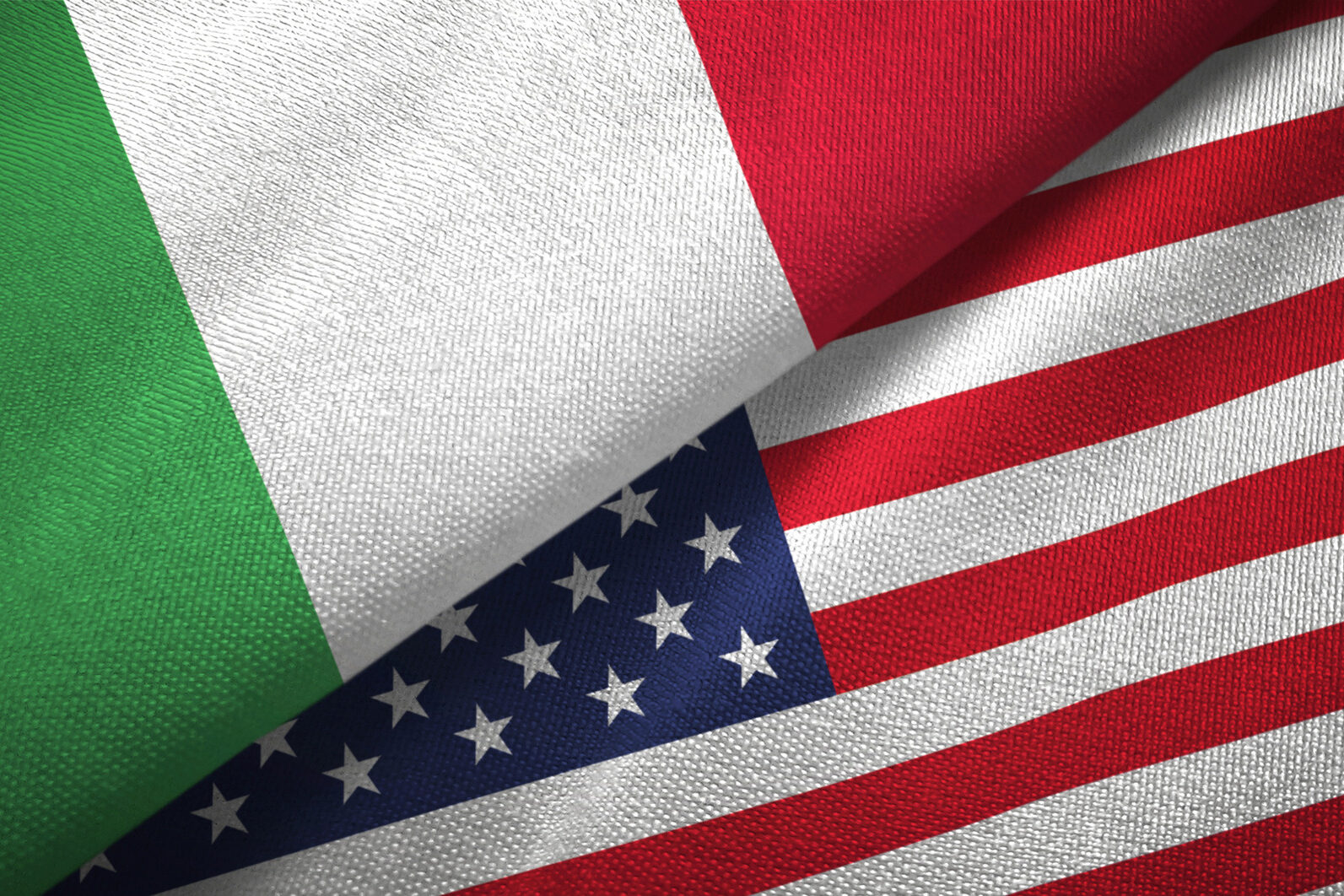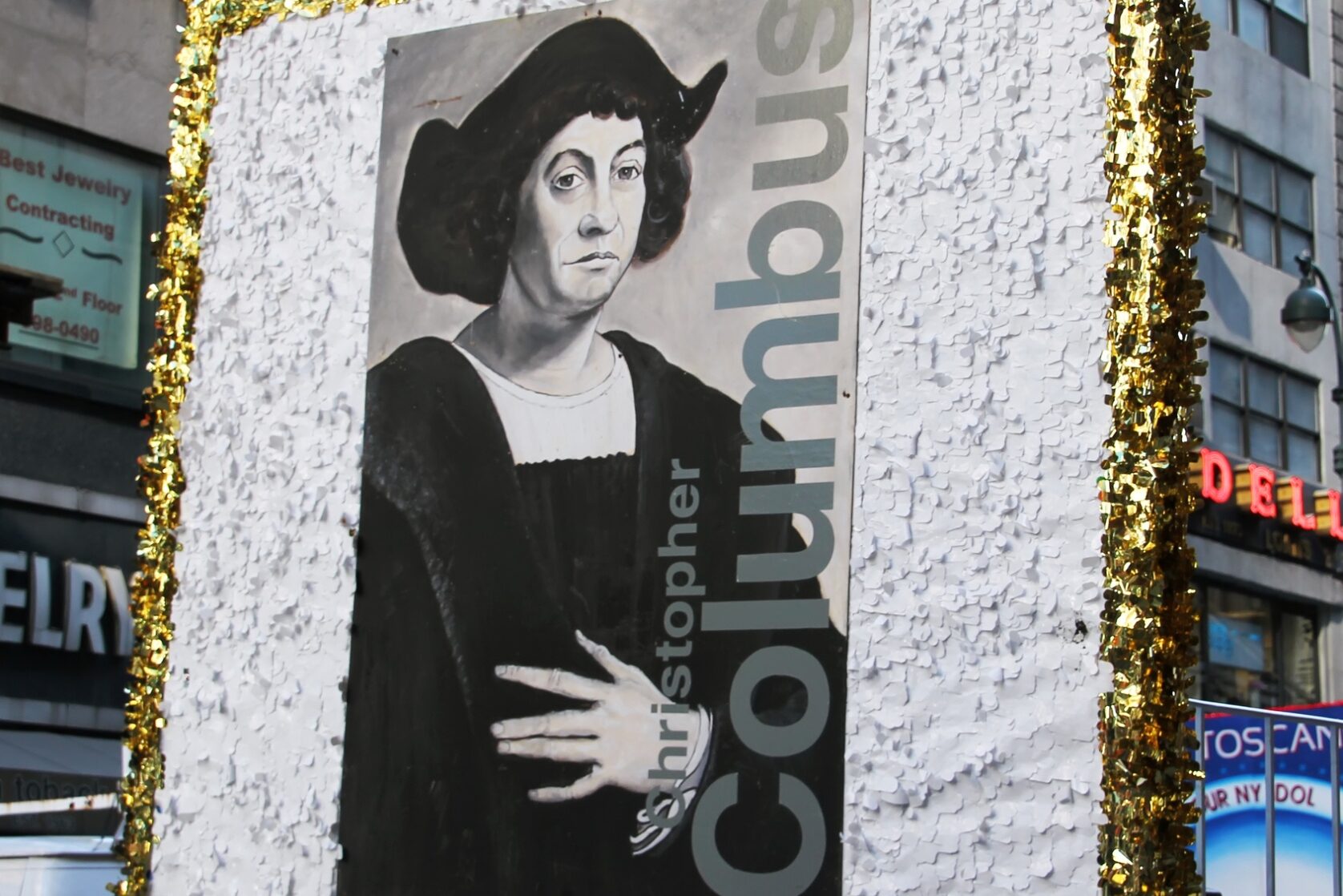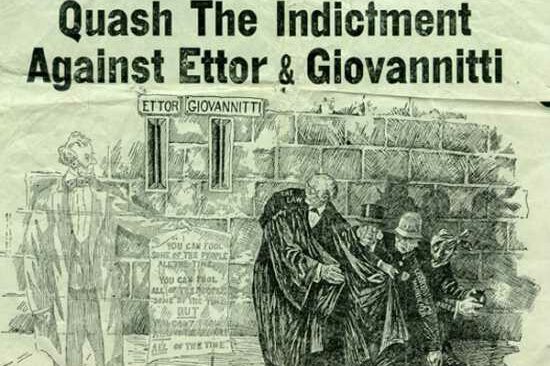Art Angels were the hundreds of volunteers who flocked to Florence, Italy in early 1966 to help save its art treasures after floods, caused by heavy rains. Literally, many art works were floating down the streets of the city. Among the hardest hit, when the Arno River crested some twenty feet over flood stage, was the nearby Santa Croce church, home to countless masterpieces of art which became filled with over eight feet of water and mud. Even today, watermarks indicating the height of the floods are still visible along the walls of the church.
Jacqueline Kennedy (widowed in 1963) became an “Art Angel,” soon after Firenze floods hit. She was involved in the establishment of an International fund for the preservation of the historic artworks of Florence, Italy, many of which had been damaged by the floods.
She enlisted the help of Bobby Kennedy and Robert McNamara, encouraging them to make available the contributions that could be raised immediately through official channels. She was named honorary chairwoman of CRIA, the Committee for the Rescue of Italian Art, an already existent philanthropic group whose resources she combined with those of her own newly founded organization.
Once Jackie undertook a project, whether it was the JFK Library or the artworks of Italy, she stuck with it to the bitter end. With regard to the Florentine floods, she thought of calling three or four times a day, Angie Novello, Bobby Kennedy’s personal secretary, at his senatorial office. She solicited all of her friends, including Aristotle Onassis. She even convinced Lyndon Johnson to make an out-of-pocket donation. She raised millions. She single-handedly saved the art treasures of Florence. In addition, while in Rome she met with Valentino, a courtier then little known outside his own country, whose chic creations she had discovered several years earlier in New York. During their get together, Jackie told the designer that she would use him as her chief dressmaker provided he agreed to two stipulations. First, he would have to contribute a sizable sum of money to CRIA. Second, all bills related to his fashion work on her behalf had to be sent to the Joseph P. Kennedy Jr. Foundation in Manhattan. Valentino consented, more Italian art was rescued, and Princess Luciana Pignatelli, Mrs. Henry Ford II, Vicomtesse Jacqueline De Ribes, and Mrs. Onassis and her sister Lee were added to Valentino Garavani’s celebrated client list.
Sergio Franchi’s widow Mrs. Eva Franchi, has been working steadily to generate income for music scholarships, since her husband passed away from cancer at age 64 in 1990. Sergio Franchi Galli was born in Codogno, province di Lodi in Lombardia. The handsome, talented singer’s star began to rise in the early 1950s when his popular, romantic, Neapolitan, Italian, and operatic music sold out performances when he appeared on stage. He also performed on numerous variety shows and starred in a major motion picture. He became an American citizen in 1972. Throughout his career Franchi was a generous benefactor and philanthropist donating his time and talent to many causes. He was a longtime supporter of Boy and Girl towns of Italy for which he was posthumously awarded the title of Cavaliere in the Order of Merit by the Italian Government.
After his death, a foundation was formed to provide scholarships for young singers. The Sergio Franchi Summer Concert was held on August 29, 2015 in Stonington, Connecticut, commemorating 25 years of Sergio Franchi. Directors Alberto Ponte and Robert Trifiletti of the Italian center of New York City, assisted with the event. The Italian center feels that talented singers should be awarded scholarships.
Mrs. Eva Franchi, wife of talented Sergio Franchi, established the Sergio Franchi Music Foundation. The foundation assists in the selection of the Sergio Franchi scholarship award winners. She has discovered many singers including James Valente, Michael Amante, and numerous others.
The attendance at the Sergio Franchi concert has grown to over 5.2 million people. The event is held in late summer at the Sergio Franchi estate in Stonington, Connecticut. A tour of the Franchi home is conducted prior to the concert.
Mrs. Eva Franchi, sponsor of the Sergio Franchi Music Foundation scholarships in voice performance, hosts a summer concert at her estate in Connecticut in order to obtain funds for the Music Foundation scholarships in memory of her late husband. The annual outdoor benefit concert features the musical talent of scholarship winners, and their beautiful voices permeate the French estate.
Grounds open on the Franchi estate at 11:00 am. The concert lasts from 2:00pm-5:00 pm. If you “Don’t Get Around Much Anymore” but would like to donate, make checks payable to Sergio Franchi Music Scholarship Foundation, 91 Sergio Franchi Drive, Stonington, CT 06378.
Mussolini once presented Elsa Maxwell (1883-1963), original “Hostess with the Mostest,” party giver, and columnist with wealthy lady friends, like Mrs. Randolph Hearst, Mrs. John Astor and Mrs. Cornelius Vanderbilt, with a medaglia d’oro for giving Italian “turismo” in general and Venice in particular a big boost in the mid1920s and 1930s.
Following WWI two problems faced the mayor of Venice: how to lure prosperous Americans, and how to lure anyone at all during the sweltering months of July and August. The Lido, especially, languished for want of visitors. By 1925, Elsa was known in Venice for staging parties, masquerades, and treasure hunts. That year the mayor invited her to his office and they discussed ways to promote Venetian tourism among the well-heeled. The mayor found it perplexing that women from all over the world came to Venice to “savor the romantic atmosphere of Byron, Shelley, and Browning.” The gondolas, museums, and famous landmarks were very popular with the ladies, but men seemed to prefer other places.
Elsa told him that Venice should offer sporting events to the men. Among her suggestions: start a regatta, award trophies for aviation and water sports, and make a golf course “on that strip of land about ten kilometers up the coast near Alberoni.” A number of her suggestions were taken; for instance, the Venice Golf Club at Alberoni dates back to 1928. Elsa promoted Venice with her formal dinners, beach parties, treasure hunts, and parties on Cole Porter’s galleggiante-a floating nightclub and dance boat. Elsa, an excellent piano player, tried to get guests singing around a piano rather than sitting and drinking around a bar.
Elsa also helped Venice secure favorable ink in upscale American publications. Fortune, in 1934, said “that slim island some fifteen minutes by motor launch from the main cluster of Venetian islands, was an empty waste until the 1890s, when CIGA (Compania Italiana dei Grandi Alberghi), the company that built luxury hotels all over Italy, constructed several such on the Lido. The biggest and swankiest, according to Fortune, was the Excelsior Palace. Thus, in the 1890s and the early twentieth century, the Lido came to resemble the Riviera. But, the Lido of those days was a very different place, for in the early twenties something happened that changed it from a pleasantly smart Adriatic beach to the Place-a-Magnet for the celebrities of two continents.”
Thanks to Elsa’s efforts and her column which ran in over 35 newspapers, it is history that between 1923 and 1934 Venice became a world capital of diversion and a major part of the Italian tourist industry. In 1934 a half million tourists visited Italy and spent forty million dollars. It is clear why Elsa was honored by the government.
Mussolini once took Elsa’s friend Millicent Hearst for a spin in the Roman countryside, and “drove his Fiat eighty miles an hour.” Millicent, terrified by his reckless driving suggested to Mussolini to slow down.
“Why?’ he demanded.
“You-you’re breaking the speed law.’ she said lamely.
Mussolini laughed uproariously. ‘I am the law,’ he blustered.”






























